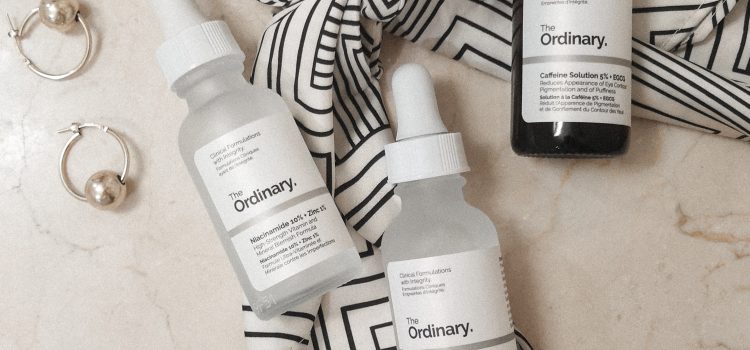
Introduction:
Acne can be a frustrating and persistent skin concern that affects people of all ages. Fortunately, there are several ingredients known for their effectiveness in treating acne-prone skin. In this comprehensive guide, we will explore the world of skincare and shed light on three powerhouse ingredients: Alpha Hydroxy Acids (AHA), Beta Hydroxy Acids (BHA), and Niacinamide. Understanding how these ingredients work and how to incorporate them into your skincare routine can be a game-changer in achieving clearer, healthier-looking skin.
Breaking News: The Science Behind AHA, BHA, and Niacinamide for Acne
1. Alpha Hydroxy Acids (AHA): AHA is a group of exfoliating acids, including glycolic acid and lactic acid, that work by gently dissolving dead skin cells on the surface. This exfoliation helps to unclog pores, reduce the appearance of acne scars, and promote skin cell turnover. AHAs are particularly beneficial for individuals with non-inflammatory acne, such as blackheads and whiteheads.
2. Beta Hydroxy Acids (BHA): BHA, most commonly known as salicylic acid, is a powerful ingredient that penetrates deep into the pores. It exfoliates not only the surface of the skin but also inside the pores, effectively removing excess oil, debris, and bacteria. BHA is highly effective in treating inflammatory acne, including pustules and cysts, due to its anti-inflammatory properties.
3. Niacinamide: Niacinamide, also known as Vitamin B3, offers a multi-faceted approach to acne treatment. It regulates sebum production, reduces inflammation, and helps strengthen the skin barrier. Niacinamide also works to fade acne scars, even out skin tone, and minimize pore appearance. Its versatility makes it suitable for various types of acne-prone skin.
Feature Story: The Ultimate Guide to Incorporating AHA, BHA, and Niacinamide into Your Skincare Routine
1. Understanding Your Skin: Before incorporating any new ingredient into your skincare routine, it is crucial to understand your skin type and concerns. Acne-prone skin can vary in its needs, and tailoring your approach will yield the best results.
2. Patch Testing: Patch testing is an essential step when introducing new products or ingredients to your skin. Apply a small amount of the product on a small area of your skin and observe for any adverse reactions or allergies. This will help determine if your skin tolerates the ingredients well.
3. Gradual Introduction: Start by introducing one ingredient at a time into your routine. Begin with a lower concentration and frequency to allow your skin to adjust. As your skin becomes accustomed, you can gradually increase the concentration and frequency of use.
4. Combination Approach: AHA, BHA, and Niacinamide can work synergistically to address different aspects of acne-prone skin. For example, you might incorporate an AHA-based cleanser or toner to exfoliate the skin, followed by a BHA spot treatment for targeted acne treatment. Finish with a moisturizer or serum containing Niacinamide to address inflammation and overall skin health.
Opinion Piece: The Power of Knowledge in Skincare
In the world of skincare, knowledge is power. Understanding the ingredients and their specific benefits empowers individuals to make informed choices for their skin. When it comes to treating acne-prone skin, AHA, BHA, and Niacinamide offer effective solutions backed by scientific research and
countless success stories. By embracing these ingredients and tailoring them to your unique needs, you can take control of your skin and achieve the clear, healthy complexion you desire.
Conclusion:
The battle against acne-prone skin can be daunting, but with the right knowledge and ingredients, it is a battle that can be won. AHA, BHA, and Niacinamide have proven their efficacy in addressing acne-related concerns and improving overall skin health. By incorporating these powerhouse ingredients into your skincare routine, you can take a proactive approach to achieve clearer, healthier, and more radiant skin.
















